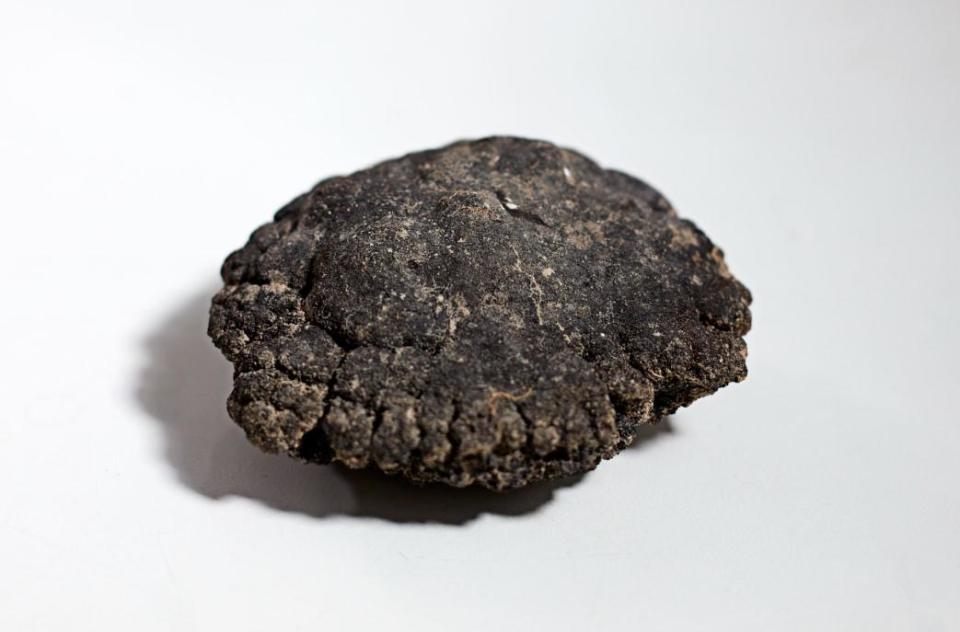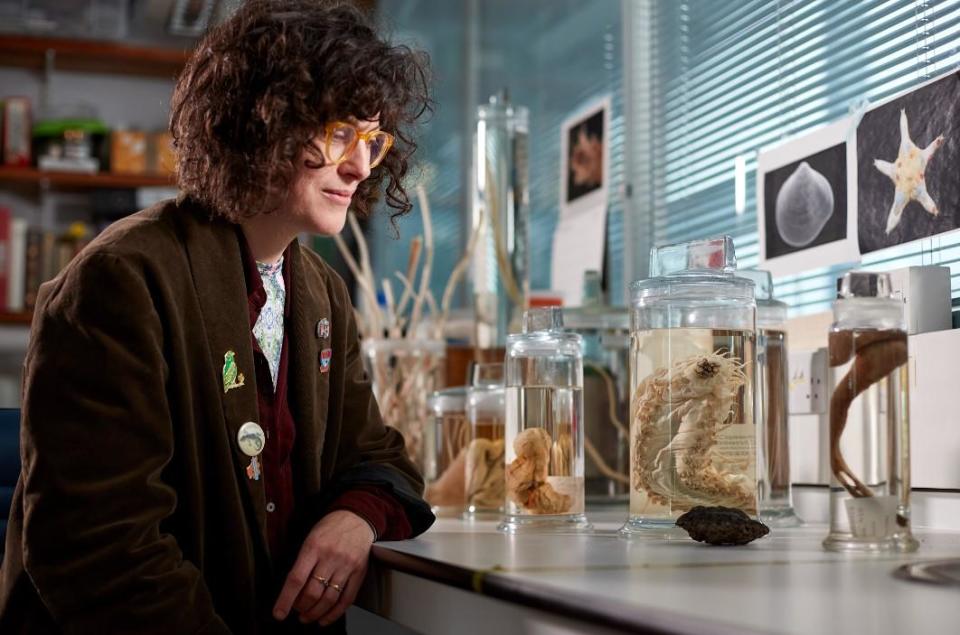Scientists discover about 5,000 species in future Pacific mining zone
Researchers discovered about 5,000 entirely new species in a massive, mineral-rich swath of the Pacific Ocean poised to be mined by companies in the future.
Scientists found 5,578 different species in the Clarion-Clipperton Zone, a region spanning about 3,100 miles in the area between Hawaii and Mexico, according to a study published Thursday in the scientific journal Current Biology. Around 88-92% of the species had never been seen before.
The zone, which receives little sunlight and has low-food availability, is also home to potato-sized polymetallic nodules, which are a potential mineral resource for copper, nickel, cobalt, iron, manganese and other rare earth elements.

The deep-sea mining industry is hoping to harvest the area, according to the National Oceanic and Atmospheric Administration (NOAA.) Deep-sea mining in the region is regulated by the International Seabed Authority, an intergovernmental body. The ISA has granted contracts for mining exploration in the area to 16 companies. Mineral exploration in the CCZ began in the 1960s.
Ecologists and biologists, looking to understand what may be at risk once companies started mining, began exploring the CCZ, the study's lead author Muriel Rabone said.
"We share this planet with all this amazing biodiversity, and we have a responsibility to understand it and protect it," Rabone, who's a deep-sea ecologist at the Natural History Museum London, said in a press release.
Researchers traveled to the Pacific Ocean on research cruises. They collected samples and looked through more than 100,000 records of creatures found in the CCZ during their expeditions.
The most common types of animals found in the underwater region are arthropods (invertebrates with segmented joints), worms, echinoderms (spiny invertebrates such as sea urchins), and sponges, including one that's carnivorous.

"There's some just remarkable species down there. Some of the sponges look like classic bath sponges, and some look like vases. They're just beautiful," Rabone said in a press release. "One of my favorites is the glass sponges. They have these little spines, and under the microscope, they look like tiny chandeliers or little sculptures."
With the mining operations looming, researchers said they hope there will be more studies of the region's biodiversity.
"This is particularly important given that the CCZ remains one of the few remaining areas of the global ocean with high intactness of wilderness," researchers wrote in the study. "Sound data and understanding are essential to shed light on this unique region and secure its future protection from human impacts."
The NOAA has noted that deep-sea mining for polymetallic nodules in the area could be damaging.
"Mining of these nodules could result in the destruction of life and the seabed habitat in the mined areas, which has been simulated in the eastern Pacific," the agency wrote.
Tina Turner discusses her iconic "What's Love Got To Do With It?" song in 1984 CBS News interview
NOAA predicts Atlantic hurricane season to be near average
Biden nominates Gen. Charles "CQ" Brown as Joint Chiefs chairman

